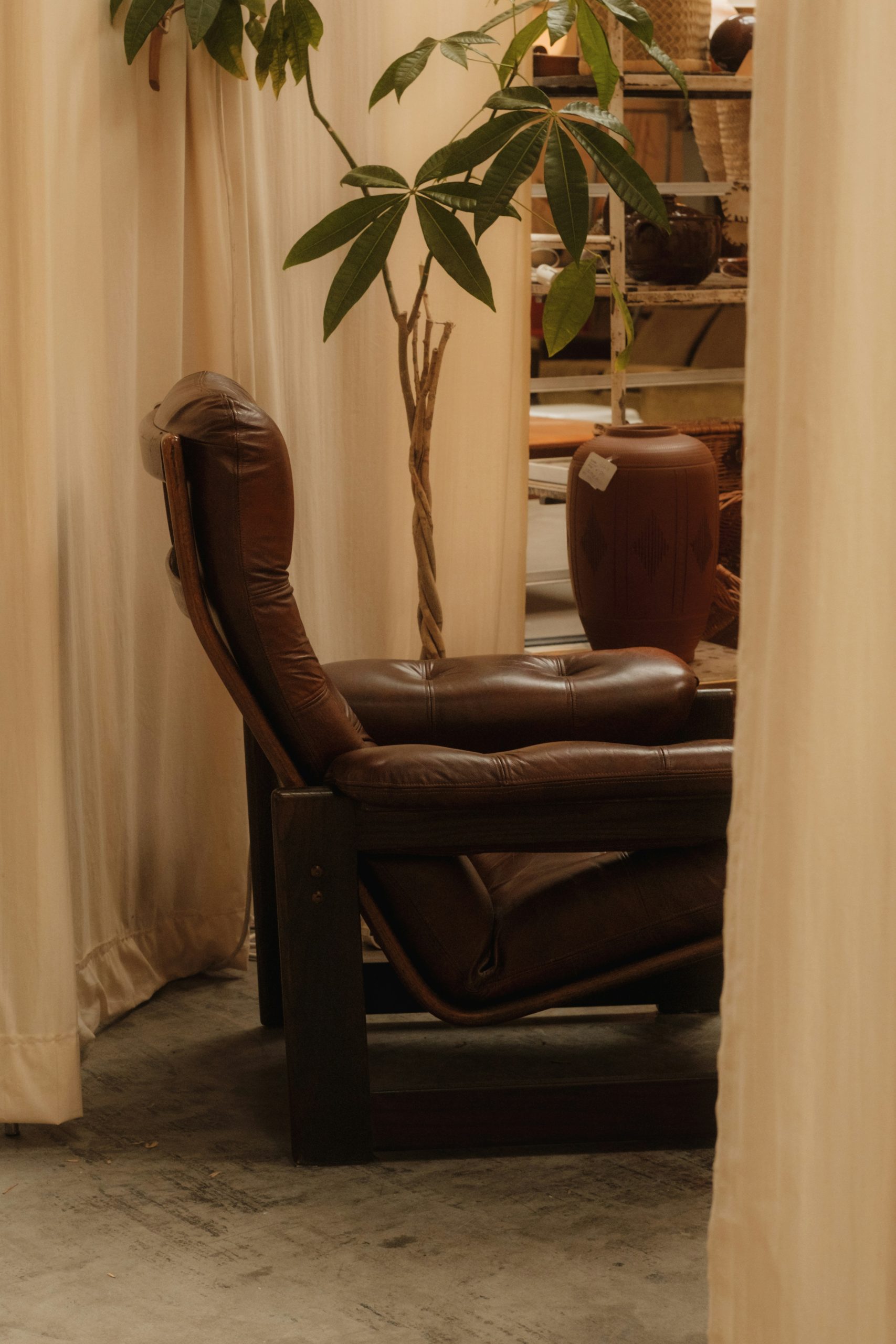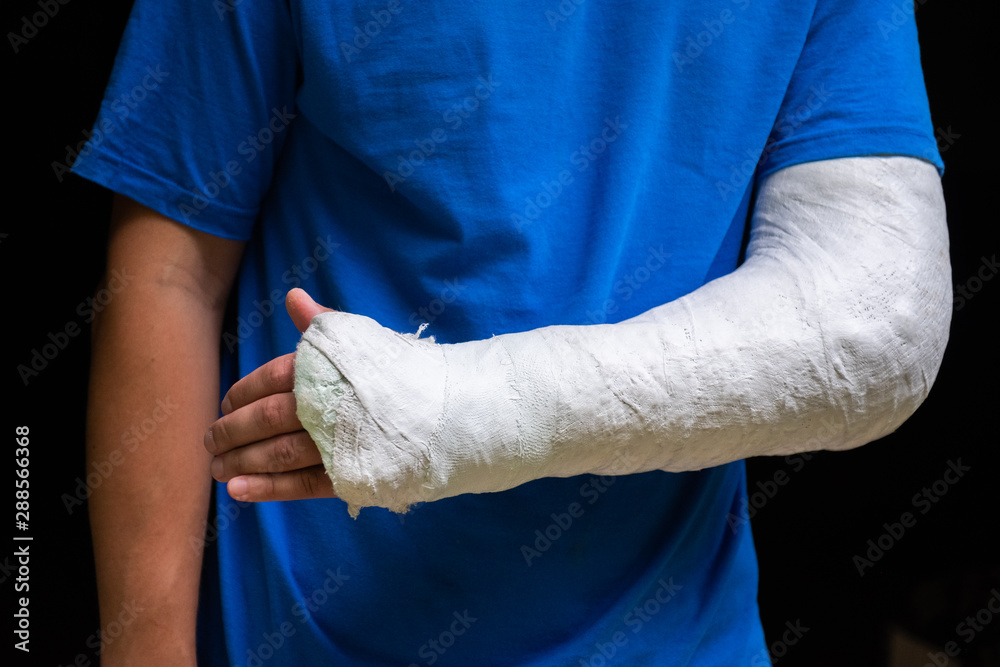My mom, Sally, was eating very little during her last week. She was sleeping more, chatting less and she changed her bathroom routine.
For a year or so, I would stand in front of her walker in front of her recliner (which she never reclined), she would grab onto my hands and, as she pulled herself up, I would lean back until she was on her feet. She’d walk the short distance to the bathroom (she refused a commode, as that would signal some type of aging weakness) with either me or her aide, Lakita, trailing behind. She’d thankfully do what she needed to do with no help from me and only occasional help from Lakita, then we’d walk back to her recliner—which I thought of as The Chair, and which was where she spent the majority of her time.
Two days before what would be her last, Mom decided she no longer wanted to walk to the bathroom, so we got out the portable wheelchair. The New Chair.
Late on her last Friday, Mom rolled to the bathroom, stood up outside the door, reached for the knob, and said, “Aw, the hell with it.” She sat back down in The New Chair and rolled back to her spot in the living room, where she would remain.
The next morning, I got a text image from Mom’s grandniece—Mom had become a great-great aunt. I showed Mom a picture of the baby girl, and she remarked that she hadn’t finished knitting a hat for her. I told her she’d better get to work on it. She smiled and nodded.
As Sally Ramona was about to end her life in New York, Stella Rae had begun her life in Colorado.
The rest of the morning was quiet, but in the afternoon, Mom got restless.
She asked me to help her unbutton her shirt. I told her she wasn’t wearing a shirt, but a house dress. And there were no buttons.
She asked me to help her get the dress off. I told her she couldn’t take the dress off because then she’d be naked.
As she continued to fuss, I called Visiting Nurses and was told this was not uncommon. It was time for The Morphine.
Two months or so earlier, when Mom had started palliative care, a nurse had arrived with a little cardboard box and told me to hide it in the refrigerator. It was The Morphine and The Haldol. I had always thought that the professionals would do the work during end-of-life care, and I said to the nurse, “I’m not giving my mom morphine.”
“You may have to,” she replied.
So on that last day, I asked my mom if she would like a drop or two of morphine.
“What do you think?” she asked.
The last thing I wanted to do was think, I thought. If I didn’t give it to her, and she was unnecessarily uncomfortable, I would feel awful. If I did give it to her, and it hastened her demise, I would feel awful.
Two drops.
An hour later she was still fussing. Not hurting, just agitated.
The nurse on the phone said to give her one drop of The Haldol.
My big regret was wishing one of the nurses had mentioned that the final drop might literally be final. Maybe we could have had a more meaningful farewell. Because after The Haldol, Mom was still breathing, but she stopped moving.
A nurse actually visited that night, took Mom’s vitals—her oxygen was a little low—and told me she had begun “transitioning.”
“What?” I asked. What would this “transitioning” entail? If she woke up, would I need to give her more drugs? Would a palliative nurse stay and help me through the process?
The nurse told me I could call if I needed help, packed up her things and left.
I sat with my mom, talking quietly even though I had no idea if she could hear me, until around 3 a.m. She was still breathing, and I went to sleep.
When I awoke around 6 a.m, her breathing had stopped. Mom looked the same, but everything was different.
I cried, like I’m crying now as I write this. No matter how prepared you are, you’re never fully prepared. The apartment suddenly seemed very quiet.

Howard Gensler is a veteran journalist who has worked at the Philadelphia Daily News, TV Guide and the Philadelphia Inquirer and has freelanced for dozens of magazines and websites. Gensler wrote the story for the 2012 movie Hysteria, starring Maggie Gyllenhaal and Hugh Dancy. In between jobs, he worked as a caregiver for his mom.



